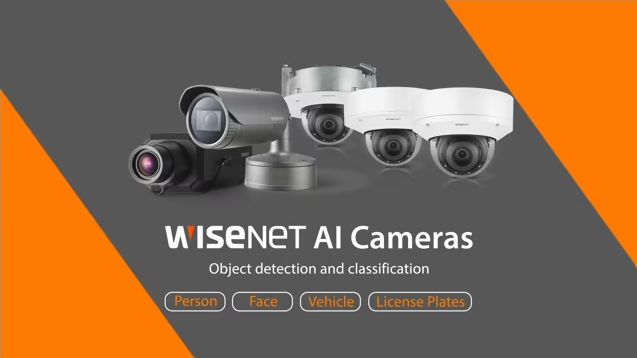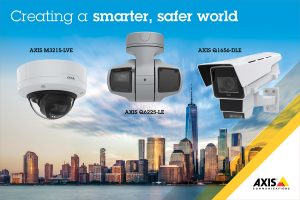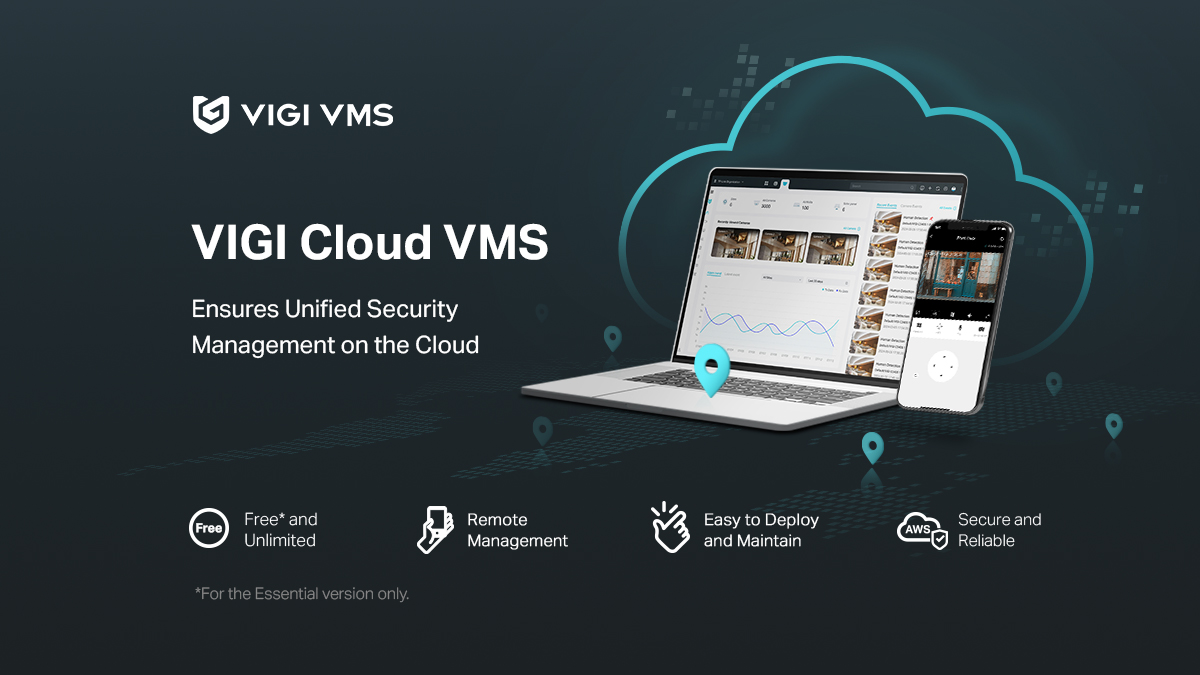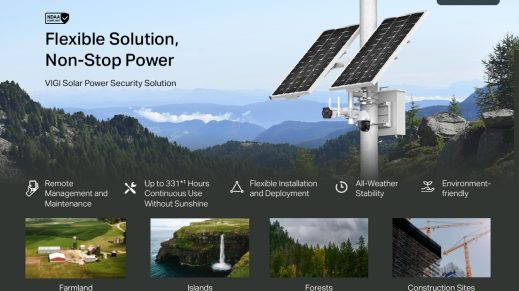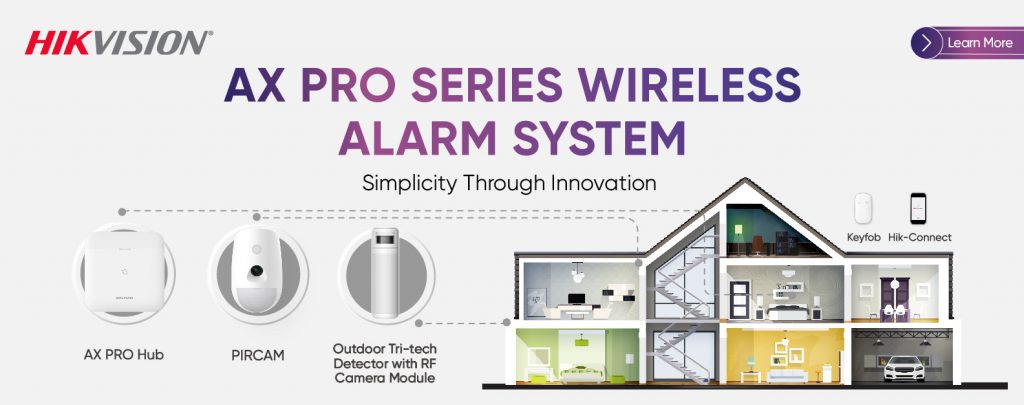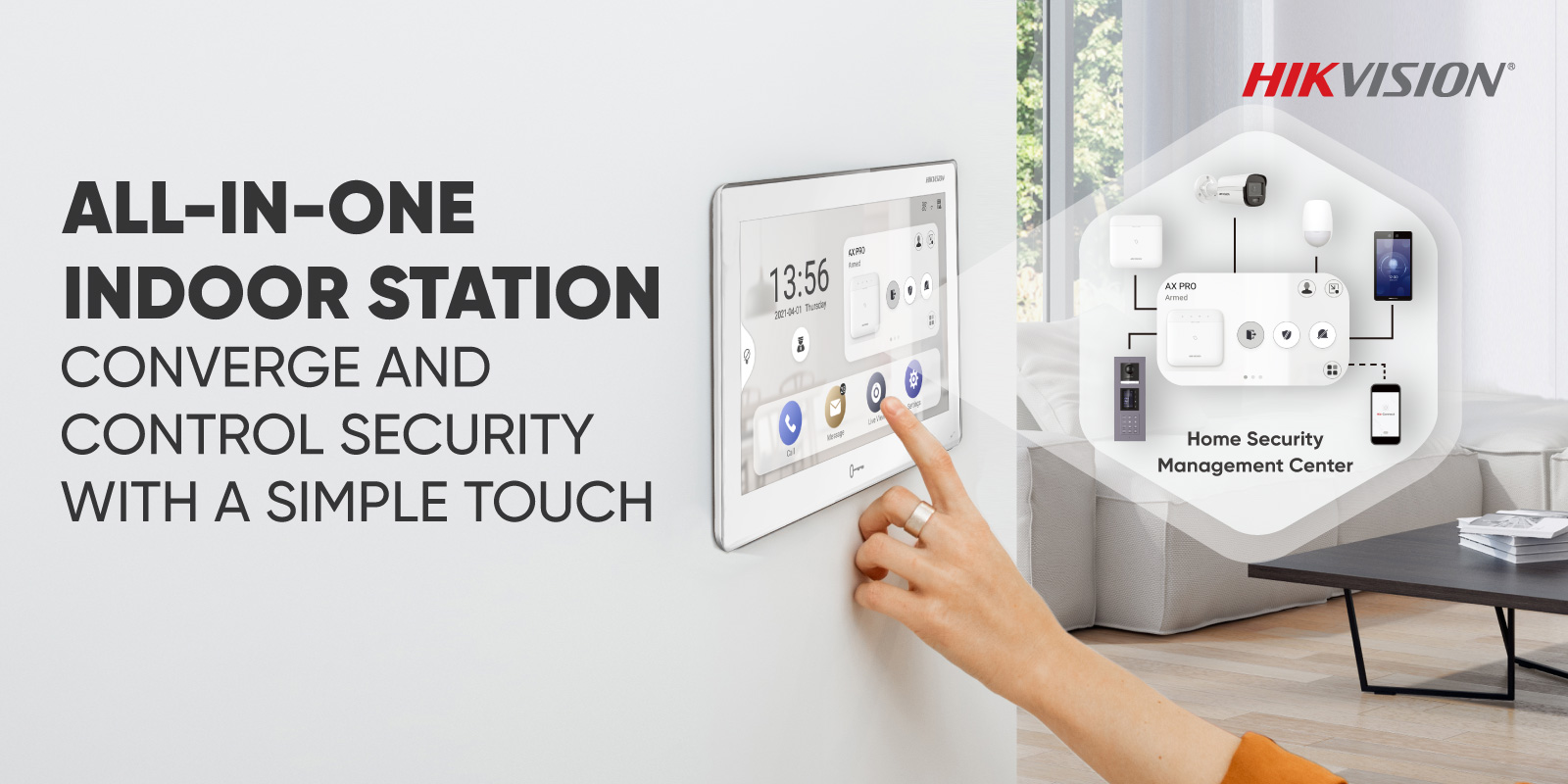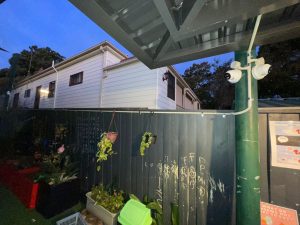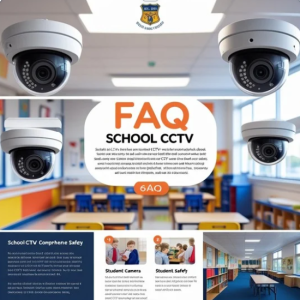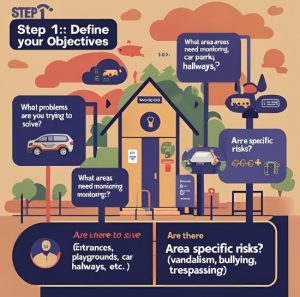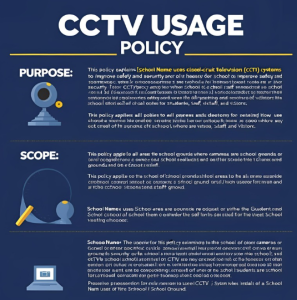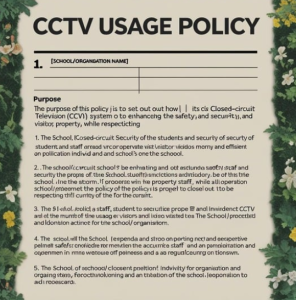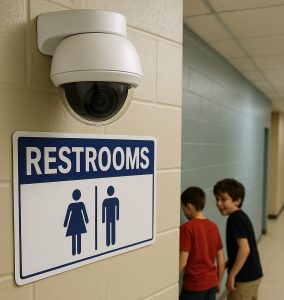No products in the cart.
Staff Responsibilities for School CCTV Systems
Installing a CCTV system is only one part of improving safety and security in a school. Ensuring that the system is used effectively — and legally — depends on how well the school community understands their roles and responsibilities in operating it.
Every staff member, from the principal to teachers to administrative personnel, has a role to play in supporting the proper use of CCTV. This article outlines the typical responsibilities of each group and provides practical examples of how they contribute to keeping students, staff, and visitors safe while respecting privacy and legal obligations.
Why Defining Staff Roles Matters
CCTV is a powerful tool for schools — it helps deter bad behaviour, supports investigations, and improves supervision. But it also comes with risks if mismanaged:
-
Breaches of privacy.
-
Loss or misuse of sensitive footage.
-
Complaints from parents, staff, or the public.
-
Non-compliance with laws such as the Privacy Act 1988.
Clear, documented responsibilities ensure that:
✅ Only authorised staff can access footage.
✅ The system is regularly maintained and functional.
✅ Everyone knows what to do when an incident occurs.
Role of the Principal (or School Leader)
The principal or head of school carries the ultimate responsibility for the lawful and ethical operation of the CCTV system.
Key Responsibilities:
-
Approving and overseeing the school’s CCTV Usage Policy and ensuring it aligns with legal obligations.
-
Appointing authorised personnel who can access live or recorded footage.
-
Notifying the school community about CCTV through clear signage, policies, and communications with parents and staff.
-
Responding to requests for footage from parents, staff, or external authorities.
-
Authorising the retention of footage for longer than standard in the case of ongoing investigations.
-
Reporting serious breaches or incidents involving CCTV to the school board or governing authority.
Example:
When a parent submits a written request to view footage involving their child, the principal (or delegate) reviews the request, balances privacy considerations, and decides whether and how access is granted.
️ Role of the Administrative Staff
Administrative and facilities staff often manage the day-to-day operation and maintenance of the system.
Key Responsibilities:
-
Monitoring that cameras are functioning properly and arranging maintenance or repairs when needed.
-
Ensuring recording equipment is secure and footage is stored safely.
-
Maintaining the CCTV Access Log, recording who accessed footage, when, and why.
-
Responding to authorised internal requests to retrieve specific footage.
-
Managing system settings, such as date/time accuracy and retention periods.
Example:
When a teacher reports vandalism in a hallway, admin staff check the relevant footage and provide it to the authorised person for review. They also log the access in the register.
Role of the Teachers and Other Staff
While teachers and general staff are usually not directly involved in operating the system, they still play an important role in its success.
Key Responsibilities:
-
Understanding and following the school’s CCTV policy.
-
Notifying the principal or authorised staff if they witness or suspect an incident that may require footage review.
-
Supporting students and parents by explaining why CCTV is used and addressing concerns appropriately.
-
Respecting privacy and not attempting to access the system without authorisation.
Example:
If a teacher notices that a student’s belongings are missing from their locker, they report the incident to the office rather than attempting to access the system themselves.
Appointing Authorised Users
Schools should maintain a list of staff members who are authorised to access footage. These individuals must:
✅ Be trained in privacy obligations.
✅ Use footage only for legitimate purposes.
✅ Keep access confidential.
✅ Record each instance of access.
Schools should limit this group to the smallest number necessary — typically the principal, deputy principal, and one or two administrative or IT staff.
What Staff Must Not Do
It is equally important to be clear about what staff must not do:
-
Access footage out of curiosity or for personal reasons.
-
Share footage or screenshots with unauthorised people.
-
Post CCTV images on social media.
-
Install or reposition cameras without approval.
Such actions can breach privacy laws and school policy, leading to disciplinary action or legal consequences.
Training and Communication
To ensure all staff understand their responsibilities:
✅ Include CCTV policy training during induction for new staff.
✅ Provide regular reminders about privacy obligations.
✅ Ensure staff know how to report concerns about misuse of the system.
Example:
The school might hold an annual refresher session to explain how long footage is kept, who can access it, and how parents can make a request.
Why Compliance is Essential
Properly managing staff responsibilities protects:
-
Students’ and staff members’ privacy.
-
The school’s reputation.
-
Compliance with Australian privacy and surveillance laws.
-
The integrity of any investigations or disciplinary actions that rely on footage.
Final Thoughts
School CCTV systems are a shared responsibility. While the principal or leadership team ultimately oversees the system, everyone on staff has a role in ensuring it is used appropriately, maintained properly, and respected as a tool for safety — not surveillance for its own sake.
By documenting responsibilities clearly and training staff well, schools can use CCTV to its full potential: creating a safe, supportive learning environment where everyone feels protected and respected.
CCTV Cameras for High Schools

High schools are dynamic and often challenging environments. With hundreds...
School CCTV Installation Guidelines

Best Practices for Safe, Effective & Compliant Camera Systems Installing...
Complete School Security Systems
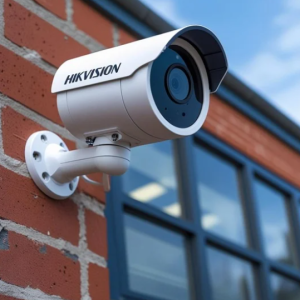
Installing CCTV cameras is no longer enough. Australian schools today...
Top 5 School Security Risks & How CCTV Helps
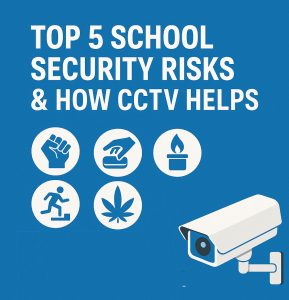
Protect Your School Against Today’s Most Common Threats Every school...
Balancing Privacy & Security with CCTV in Schools
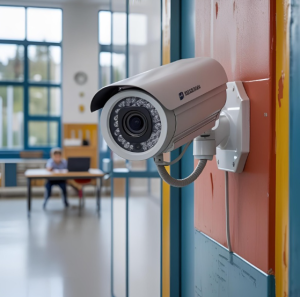
How to Protect Students While Respecting Their Rights Installing CCTV...
A Step-by-Step Guide for Principals & Administrators
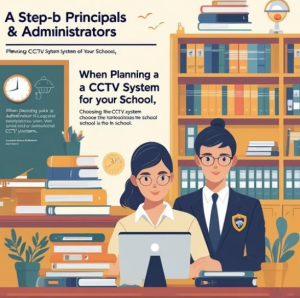
When planning a CCTV system for your school, choosing the...
Sample School Privacy Policy (includes CCTV)
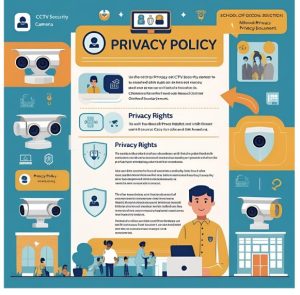
1. Introduction ___ [School Name] ___ (“the School”, “we”, “our”)...
Sample Incident Access Protocol — CCTV Footage

1. Introduction This Incident Access Protocol outlines the procedures for...
Sample CCTV Access Request Form Template

Confidential — for internal use only Please complete all sections...
Staff Responsibilities for School CCTV Systems
Installing a CCTV system is only one part of improving...
School CCTV: Myths and Misconceptions
School CCTV systems are an increasingly common feature of modern...
Choosing the Right CCTV System for Schools: A Buyer’s Guide
A high-quality CCTV system is a critical part of a...
CCTV Hacking Concerns in Australian Schools: How to Keep Your System and Students Safe
CCTV is fast becoming a standard feature in Australian primary...











